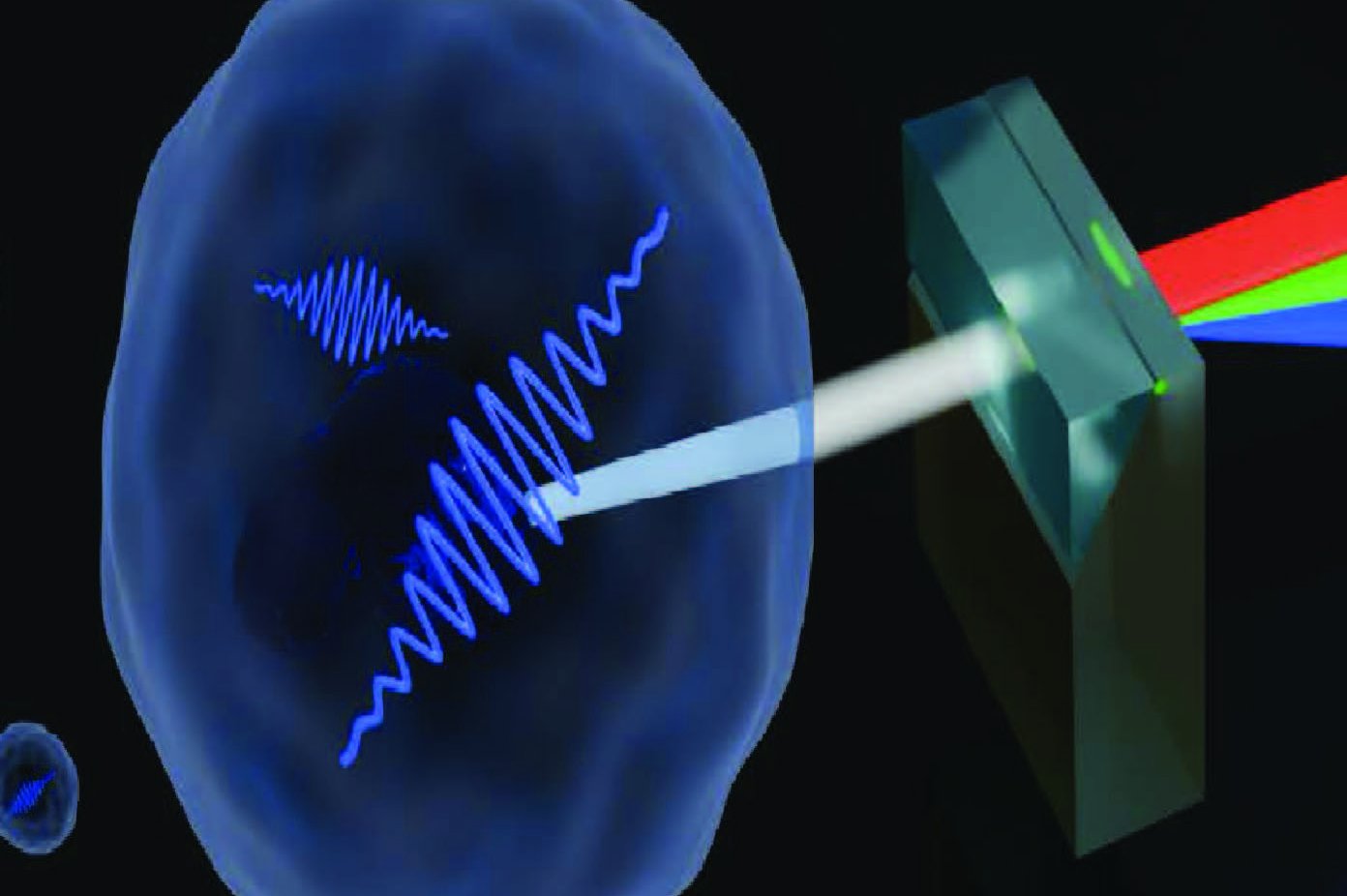
(Vienna, 04 July 2025) The Medical University of Vienna, under the leadership of Kareem Elsayad from the Center for Anatomy and Cell Biology, has been instrumental in the development and publication of the world's first consensus statement on Brillouin scattering microscopy for biomedical applications. The article, published in Nature Photonics, marks a significant step towards standardization and clinical translation of this innovative technology.
Brillouin scattering microscopy is an all-optical method that can be used to measure the mechanical properties of living cells and tissues in a non-contact, non-invasive manner and with sub-micrometer resolution. The technology opens new perspectives for the early diagnosis of a wide range of diseases - from cancer and neurodegenerative diseases to COVID-19 - and is already being used clinically in ophthalmology.
The challenge: comparability
Until now, one key obstacle to widespread clinical use has been the existence of various different measurement methods and technologies, the results of which were not always comparable. This is precisely where the recently published consensus statement comes in: A common standard for measurement and reporting protocols has been defined in close collaboration with almost all leading international research groups working in the field.
The "Vienna-Hannover Standard"
One key element of the publication is the so-called "Vienna-Hannover Standard" - a collection of high-precision reference data obtained in the laboratories of Kareem Elsayad (MedUni Vienna) and Dag Heinemann (LUH Hannover). In future, this data will be used to calibrate and compare measurements worldwide.
Foundation for clinical application
The results presented in the publication show impressively that quantitatively comparable results can be achieved with different technologies using the proposed protocols. This forms a solid foundation for the further clinical implementation of the technology.
Scientific significance and future outlook
"This consensus statement is a decisive step for the medical translation of Brillouin microscopy", explains Kareem Elsayad. "For the first time, it addresses the comparability of measurements in different laboratories around the world using different types of instruments. We found that there is indeed significant variability in the measured values for the same sample types. However, by following a set of best practices, agreed upon protocols, and introducing a calibration measurement standard to correct for instrumental offsets, excellent quantitive agreement of the measured paramaters can be obtained. This is clearly an essential step, not only for any envisioned routine medical applications, such as with prognostics or diagnostics, but more broadly for assuring the reliability and quantitative comparability of measurements in different research laboratories."
The publication will significantly shape the further development of Brillouin technology - both in research and in clinical applications.
Publication: Nature Photonics
“Consensus statement on Brillouin light scattering microscopy of biological materials”
DOI: 10.1038/s41566-025-01681-6